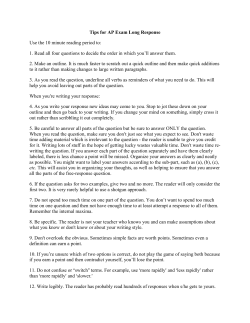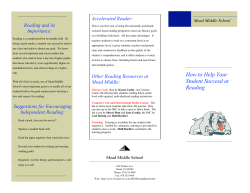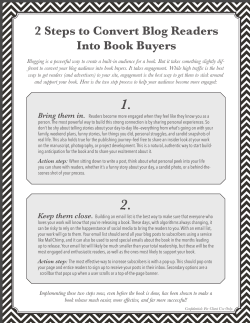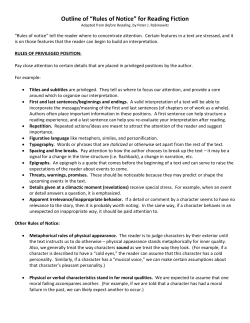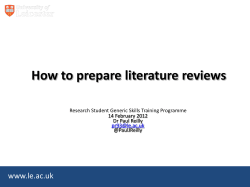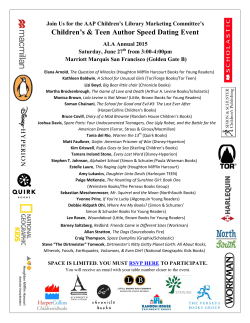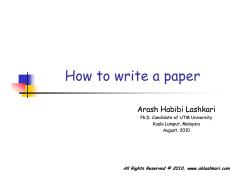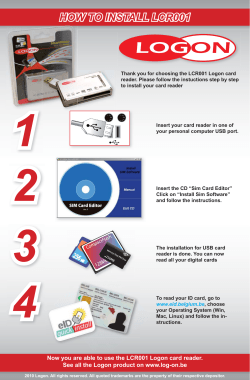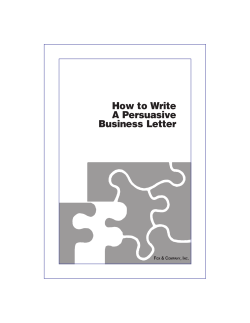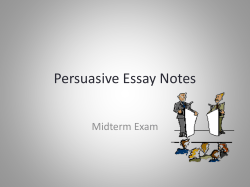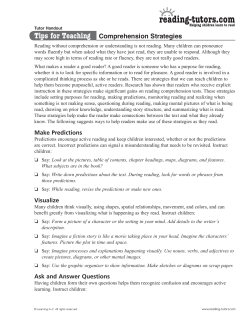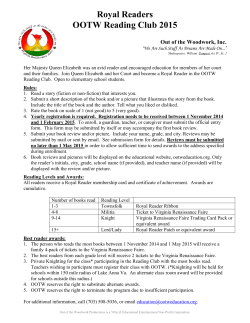
Writing a Winning Executive Summary
Writing a Winning Executive Summary This resource has been created by Phil Murray to help share some key tips and rules when writing executive summaries. The purpose of the executive summary of the business plan is to provide your readers with an overview of the business plan so you should think of it as an introduction to your business. With this in mind, your business plan’s executive summary will include snippets of exciting information on: a description of your company, including your products and/or services your mission statement your business’s management team the market and your customer marketing and sales your competition your business’s operations financial projections and plans The executive summary will end with a summary statement, which will be a sentence or two designed to persuade the readers of your business plan that your business is one they want to know more about or do business with. How to write an Executive Summary To write the executive summary of the business plan, start by following the list above and writing one to three sentences about each topic. (No more!) If you have trouble crafting these summary sentences from scratch, review your business plan to get you going. In fact, one approach to writing the executive summary of the business plan is to take a summary sentence or two from each of the business plan sections you’ve already written. Please note, do not regurgitate word for the word from the plan. Then finish your business plan’s executive summary with a clinching closing sentence or two that answers the reader’s question “Why is this a winning business?” The Top 10 Tips for Writing the Business Plan’s Executive Summary 1. Focus on providing a summary. The business plan itself will provide the details and whether they are bank managers or investors, the readers of your business plan don’t want to have their time wasted. 2. Leave Out the Company History – If your executive summary starts out with, “12 years ago I had an idea…” your reader is probably already looking for the next section heading. Sorry, but they don’t care. Your company history is important, but not in your executive summary. 3. Keep your language strong and positive. Don’t weaken the executive summary of your business plan with weak language. Instead of writing, “Ace Associates Ltd might be in an excellent position to win government contracts”, write “Ace Associates Ltd will be in an excellent position...” 4. The executive summary should be no more than two pages long. Resist the temptation to pack your business plan’s executive summary with details (or pleas). 01207 581717 www.harlandsaccountants.co.uk 5. 6. 7. 8. 9. 10. The job of the executive summary is to present the facts and entice your reader to read the rest of the business plan, not tell him everything. Polish your executive summary. Read it aloud. Does it flow or does it sound uneven? Is it clear and succinct? Once it sounds good to you, have someone else who knows nothing about your business read it and make suggestions for improvement. Tailor the executive summary of your business plan to your audience. If the purpose of your business plan is to entice investors, for instance, your executive summary should focus on the opportunity your business provides investors and why the opportunity is special. Put yourself in your readers’ place... and read your executive summary again. Does this executive summary generate interest or excitement in the reader? If not, why? Use Bulleted Lists, Headings, Tables, and Graphs – Everyone likes a picture book. Unless you are writing to an audience full of PhD scientists, make sure to make your executive summary look good. Two pages full of paragraphs will give the reader nightmares about your 40 page business plan. If you went 2 pages without a list, or a graph, one can only imagine how dry your business plan will be. Remember, the executive summary of the business plan will be the first thing the readers of the business plan read. If your business plan’s executive summary is poorly written, it will also be the last, as they set the rest of your business plan aside unread! Ask Yourself “So what” – Always ask yourself “So What?” Is each statement relevant, and important in communicating your message? If not then change it, throw it out. Every word should be valuable and vital to your message. Whether you write your own business plan, or you work with a professional business plan consultant to craft the perfect document, you will soon notice that you will need to change your plan for various purposes. For instance, if you are seeking a loan, you may want to focus on your balance sheet and collateral. If you are submitting your plan to an angel investor group you may want to focus on growth, market potential, and your management team. Rather than re-work the entire business plan for each new audience, it may make sense to simply write a new 2 page executive summary highlighting the information most relevant to your audience. As you write your executive summary there are these 10 rules to keep in mind and if you want to chat further we are always around. 01207 581717 www.harlandsaccountants.co.uk
© Copyright 2025




